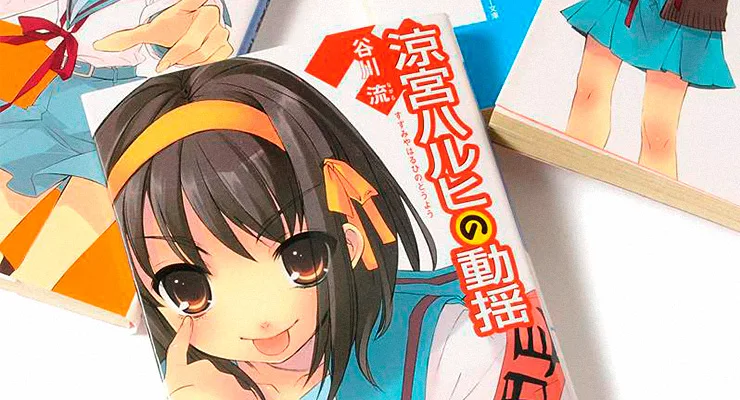Many people don't know, but is there any difference between a light novel and a book? The answer is yes! Let's find out what that difference .
Light novels are pocket-sized books for young adults that offer a lighter reading experience than traditional books. They're written with few kanji (Japanese characters), some with furigana (a legend showing how to read in smaller font), and short, simple sentences. The novel's marketing strategy in Japan is to allow you to read it wherever you want.

Although it is more difficult for some to perceive and understand the difference between a book and a Light Novel when closed , this format is simple and light to read, especially in Portuguese. It is still possible to perceive the difference in narration, where the paragraphs are small and there is a huge amount of direct narration on the pages (speech and thoughts of isolated characters).
Furthermore, light novels integrate the entire otaku universe, bringing onomatopoeia ( on'yu ), and various graphic resources that we know mainly from manga .

Anime references are everywhere on the pages, some of them directly connected to this universe, resembling descriptions of an anime, with scenes typical of animation and manga everywhere. The difference is also noticeable in the amount of direct speech.
Therefore, most of the works are manga-style illustrations made by the same author or an illustrator.
In Japan, most of these works are serialized in manga magazines or their own magazines, released directly in volumes. In fact, most of the publishers that work with them are the same ones that publish manga, with the Kadokawa the largest.
Finally, in Brazil, novels are somewhat sidelined, both always arriving accompanied by strong names such as No Game No Life among other famous works.


